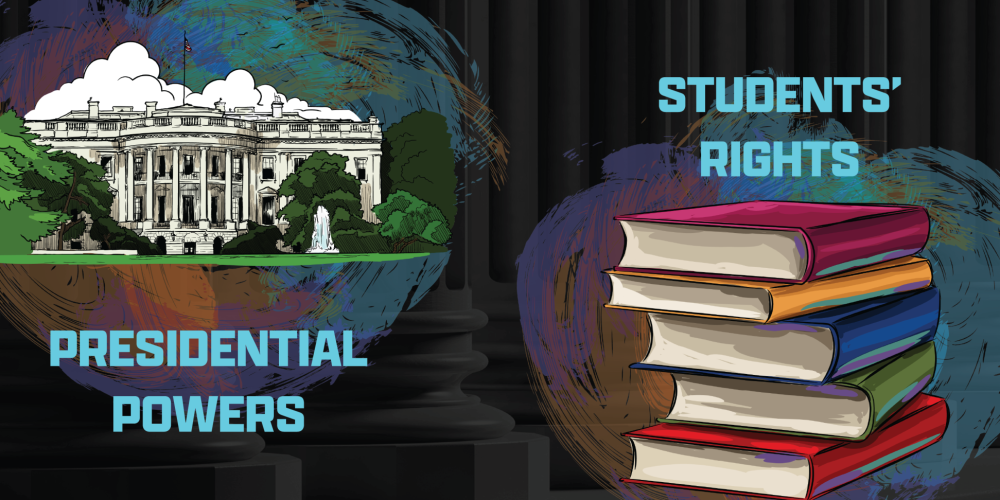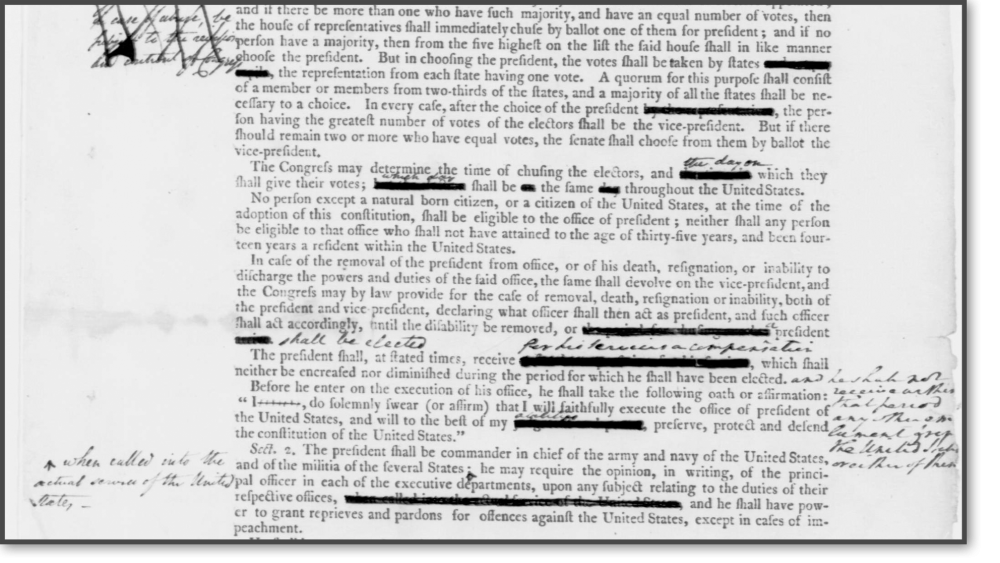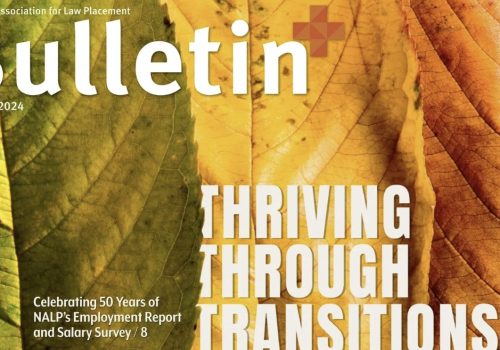Expanding LegalTimelines.org: Introducing Two New Interactive Timelines

Share this Article
We are thrilled to announce the expansion of LegalTimelines.org with the addition of two new timelines: Presidential Powers and Students’ Rights.
Each timeline comes with multiple companion inquiry packs that are built around primary sources and include background reading, primary source images, discussion questions, and inquiry questions.
The new additions join timelines and curricular materials on Suffrage, Federalism, and Rights of the Accused.
The topics were selected, in part, in response to teacher requests for resources on these commonly taught subjects.
What is LegalTimelines.org?
LegalTimelines.org is an interactive, educational website designed to teach middle and high school students about legal issues throughout American history.
The site helps students make connections between historical and contemporary legal issues. Students not only gain insights into the evolution of American law and policy, they also examine how laws impact people differently depending on their social identities.
LegalTimelines.org is rooted in primary source analysis and inquiry-based learning—two widely used social studies instructional practices endorsed by many educator communities.
Analyzing primary sources allows students to imagine life during a different time, critically consider multiple perspectives, and develop their own reasoned conclusions about historic events.
Inquiry-based learning ignites students’ curiosity, prompting them to ask big questions then gather evidence and apply their learnings.
Combined, these two strategies create a civic learning powerhouse. The resources help teachers create opportunities for students to explore and discuss primary sources like photographs, newspaper articles, congressional resolutions, Supreme Court decisions, and more. Students then use the primary sources and timeline content to investigate essential questions that deepen their understanding of historical legal themes.
“I absolutely loved the manner in which the materials were presented,” said a teacher about LegalTimelines.org. “They are timely, topical, and are issues that resonate with students in 2023. The ‘What Ifs’ that a teacher might create based on current events and Court cases on the Federal and state level are limitless.”
LegalTimelines.org was made possible by funding from the Library of Congress Teaching with Primary Sources (TPS) program. Each timeline is rich with engaging and educational primary sources from the Library of Congress’ vast collection.
Presidential Powers Timeline:
This timeline delves into key moments that have shaped the presidential role, starting from the signing of the Magna Carta in 1215, which established the rule of law and curtailed absolute authority of kings.
It traces the trajectory up until the modern era when executive privilege was invoked, from President George Washington’s early usage in 1796 to President Donald Trump’s successful challenge to a subpoena for his personal financial records in 2020.
One notable primary source highlighted within this timeline is an early draft of the Constitution annotated by George Washington.

This primary source from the Library of Congress features a draft of the Constitution, dated September 12, 1787. From it, learners can view George Washington’s handwritten notes, which painstakingly chronicle the Philadelphia Convention’s processing of each proposed clause.
Students’ Rights Timeline:
This timeline brings into focus students’ rights throughout U.S. history. Comprehending these rights is not just valid legal knowledge but also essential for our young people to understand and navigate their boundaries within the public education system.
Significant highlights of this timeline include the inception of the Bill of Rights in 1791 through numerous Supreme Court challenges that have shaped the limits on free speech in schools, from Tinker v. Des Moines in 1969 to Mahanoy v. BL in 2021.
It follows the history of landmark cases such as Brown v. Board of Education and gives historical context to movements such as the resistance against and eventual elimination of segregation in schools.
One featured primary source is Chief Justice Earl Warren’s reading copy of the Brown opinion in 1954.

This primary source from the Library of Congress contains Justice Warren’s additional handwritten note—”unanimously”—that signified the unanimous decision. It represents a part of history that incited a wave of change that continues to echo today.
Conclusion:
Legal history is an integral part of American history, and teachers need tools based on effective, research-backed approaches to civic education to build student knowledge, skills, and engagement on the subject.
Long-term, Street Law aspires to revolutionize how legal history is taught by taking complex legal topics and transforming them into understandable and engaging timelines and accessible student activities that build knowledge, challenge assumptions, and foster appreciation for the subject among students.
LegalTimelines.org serves as an invaluable tool for teachers and students alike, providing extensive resources that bring legal history to life.
Visit LegalTimelines.org and discover for yourself the uniquely enriching learning experience that it offers.



